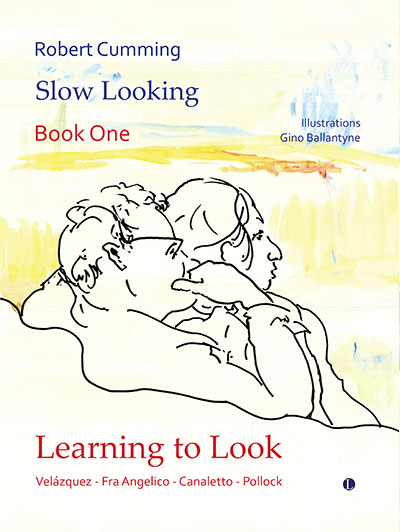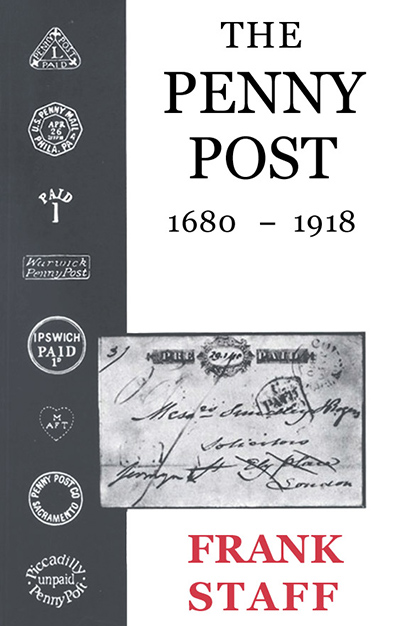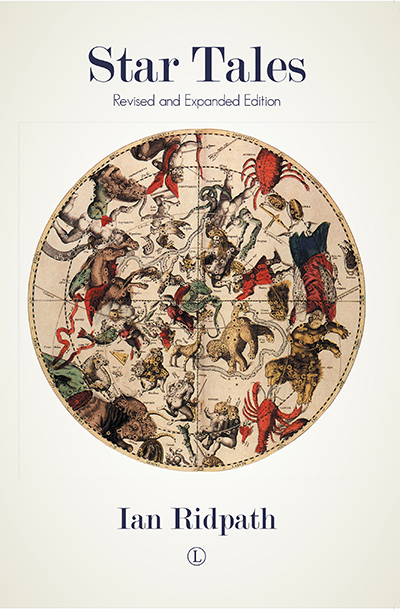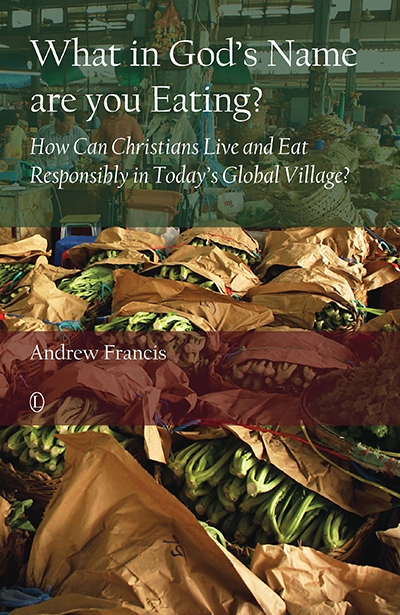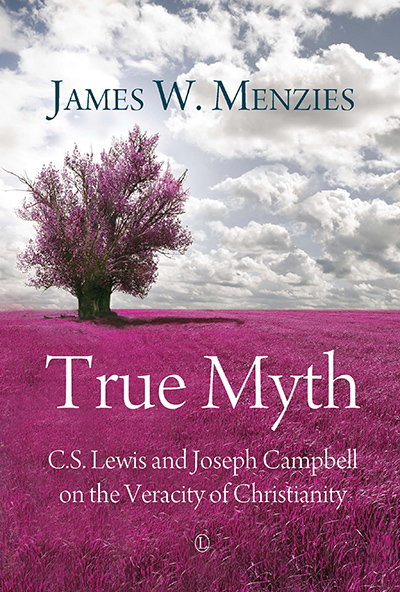Description
Slow Looking can lead to unexpected and huge rewards. In Book One – Learning to Look Robert Cumming shares his own slow discovery of the pleasures of looking and aesthetic experience, and in so doing encourages you to explore art through your own eyes. He takes you to Madrid to explore Velázquez’s Las Meninas, travels with you to Cortona in Tuscany to look at a Fra Angelico altarpiece, takes you to St Petersburg to immerse yourself in Canaletto’s Venice, and examines with you the minute details of a Jackson Pollock in New York. You will have your eyes truly opened by this artistic odyssey with Robert as your fellow traveller.
With illustrations by the artist Gino Ballantyne, Slow Looking – Book One is the start of an eye-opening adventure. In Book Two – Continuing to Look Robert and Gino continue the journey by casting fresh eyes on the Mona Lisa and paintings by Brueghel, Matisse, Turner, Constable, Poussin and Manet. Book Three – Seeing is Believing concludes with Rembrandt, Picasso, Rubens, Degas, Sir Luke Fildes and Bridget Riley.
About the Author
Having swapped a promising career in law for the art world, Robert Cumming first worked as a lecturer at the Tate Gallery. He then set up The Christie’s Fine Arts Course which developed into Christie’s Education with centres and partnerships worldwide. In 2005, Robert was appointed Professor of Art History at Boston University, Massachusetts. He has published many books devoted to the delights to be found in looking at works of art which have been translated into over 24 languages, sold over one million copies, and been awarded prestigious literary prizes. The Slow Looking series is the culmination of Robert’s work and life within the art world.
Gino Ballantyne a Scottish artist born in Malta, he studied at Glasgow School of Art. His work focuses on the human condition to compel understanding of both humanity and civilisation, exploring narratives of the ordinary and the terrible. Gino has exhibited nationally and internationally, Gino and Robert have worked closely together for many years.
Contents
Preface
Foreword
Early Years
First tastes of aesthetic experience
Learning to look
The Paintings
Introduction
Velázquez Las Meninas (Madrid, Prado)
Fra Angelico The Cortona Altarpiece (Cortona, Museo Diocesano)
Canaletto The Arrival of the French Ambassador in Venice (St Petersburg, Hermitage)
Jackson Pollock One: Number 31, 1950 (New York, MoMA)
Thanks and Acknowledgements
Endorsements and Reviews
Robert Cumming has spent his life encouraging people to look closely at works of art and experience them directly. In theory, looking at paintings is easy, but looking intensely and documenting the experience is not much done, or regarded as important, by art historians, nor is it encouraged by museums. This book is a primer in how to look – how to allow looking to develop by doing it with intensity and total concentration and not accepting what one is told by art historians. I strongly recommend it.
Charles Saumarez Smith
former Director, National Gallery (London)
Robert Cumming is a wonderfully intelligent, civilised and illuminating guide to the adventure of looking at paintings. He trains a perceptive gaze on to old masters; and his bold analysis of the strengths and weaknesses of 20th century art is particularly refreshing and timely.
Philip Hook, author of Breakfast at Sotheby’s
Robert Cumming begins in compelling autobiographical vein, and then moves on to examine the four paintings whose scrutiny forms the heart of this book. He is in the business of making us look far more carefully than we usually do, but also wants to make us think very hard. He is triumphantly successful on both fronts, and it is arguably an even greater tribute to say that – for all that I sometimes found myself unable to agree with certain of his ideas – I never stopped wanting to turn the page.
David Ekserdjian, Emeritus Professor of History of Art and Film, University of Leicester

